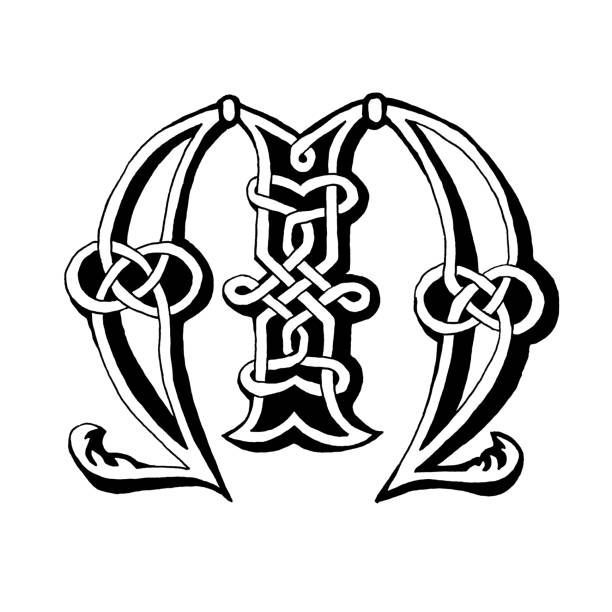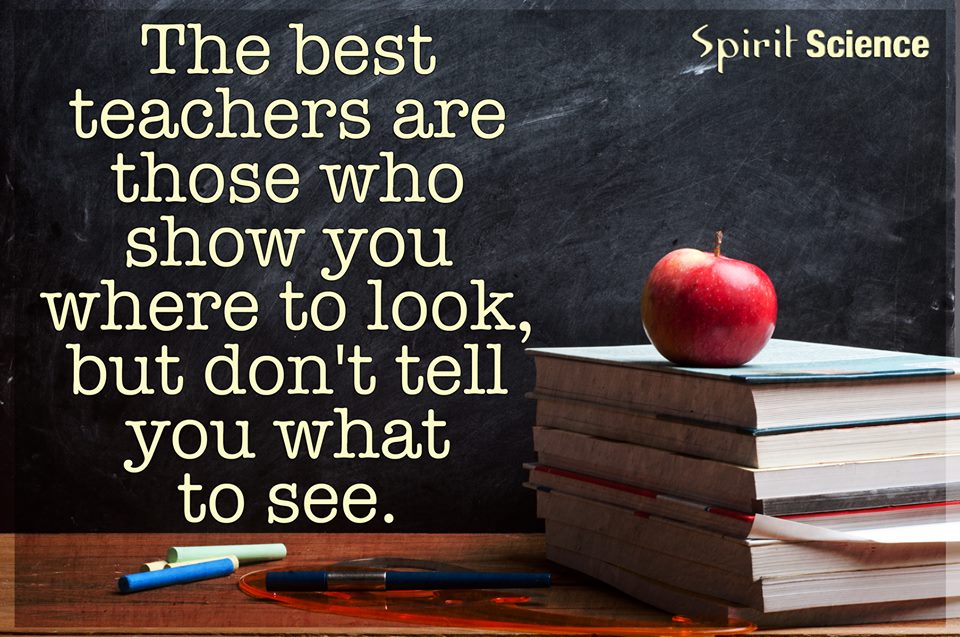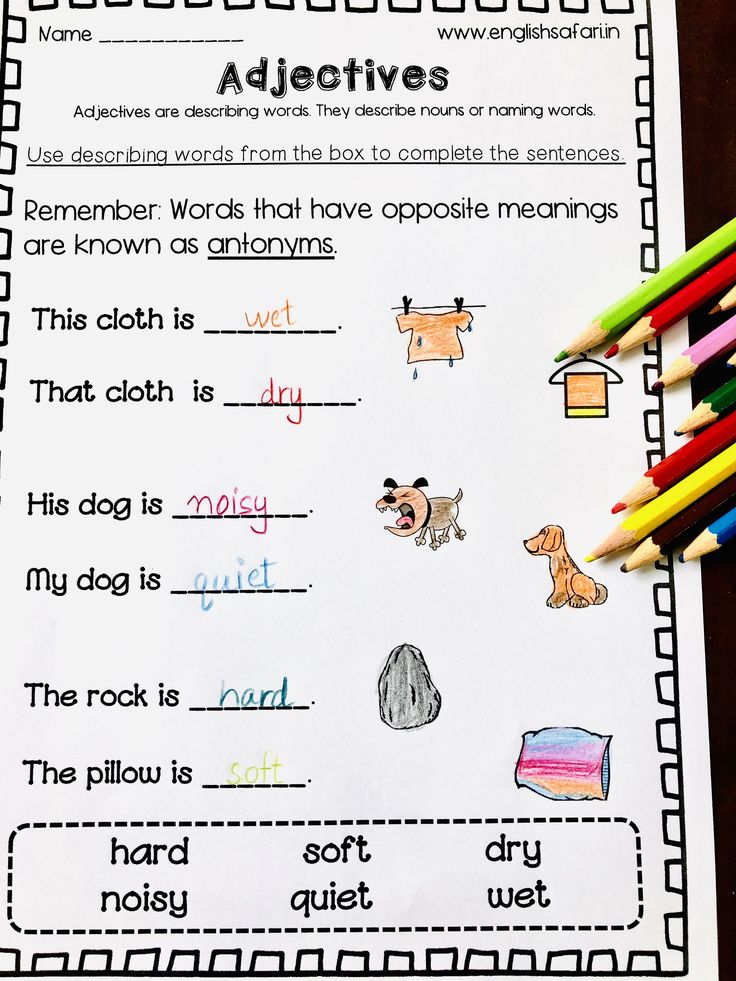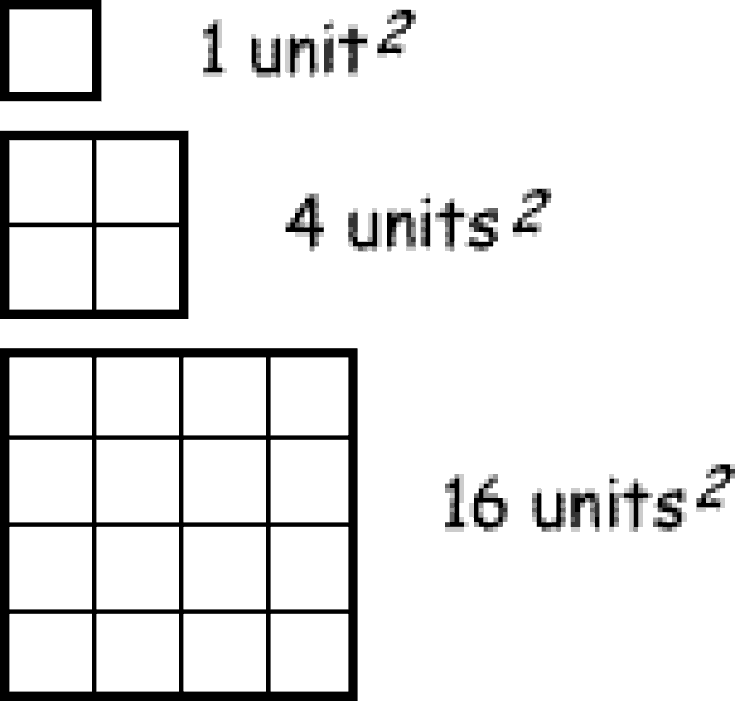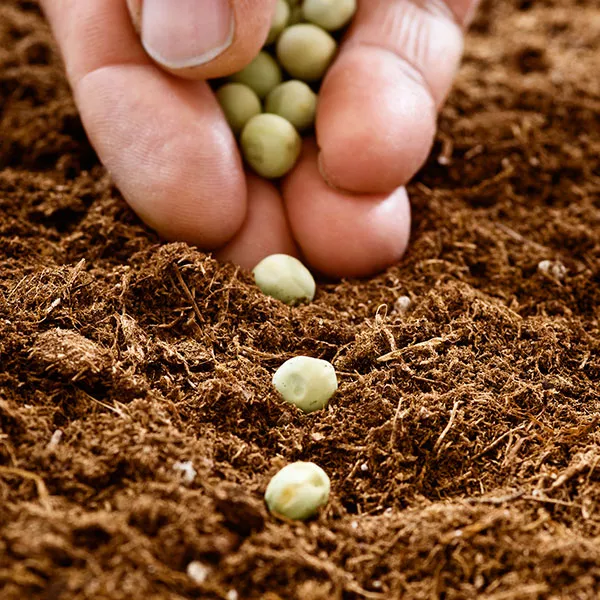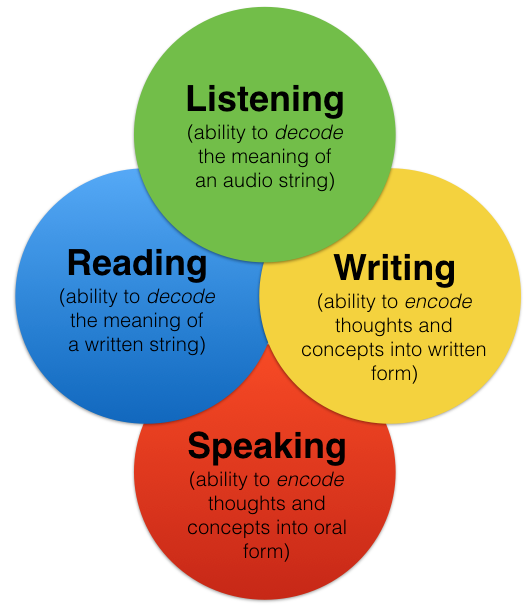Teaching letter sounds and recognition
Help Your Child Learn Alphabet Sounds!
Teaching Tips
December 15, 2020
0
4 mins
Alphabet knowledge is one of the first building blocks of education, the moment when children begin learning the letters of the alphabet. As the stepping stones of language, learning the alphabet is one of the first ways we develop the skills necessary to read and write. In fact, studies show that the ability to name the letters of the alphabet during Pre-K and kindergarten is a well-established predictor of children's literacy skills later in life. Properly knowing the alphabet means that the child can distinguish between the 26 letters of the alphabet and can also verbalize those letter sounds. There are many different ways to approach teaching the alphabet, and because every child is different, multiple teaching methods should be considered to ensure that all students are on the same path toward mastering letter sounds.
Tips for Teaching Letter Sounds
Many factors play a role in a child’s quest toward learning the alphabet. When teaching letter sounds, it's important to consider that students have varied learning styles. It is best to use a combination of visual, tactile, and auditory strategies in order to reach learners most effectively. Taking advantage of all possible approaches and beginning at an appropriate pace for the age group is key for making sure the child has learned the alphabet.
Preschool vs Kindergarten
Establishing the child’s starting point is crucial for properly knowing where to begin in regards to the child learning letter sounds. In Pre-K, students are beginning to establish phonemic awareness, and these skills can grow quickly. By establishing the learner’s baseline, you are able to help them achieve greater growth throughout their Pre-K and kindergarten years.
Start With Their Name
Taking full advantage of meaningful literacy during early childhood education is a great way to connect lessons with the student in an intimate and fun way.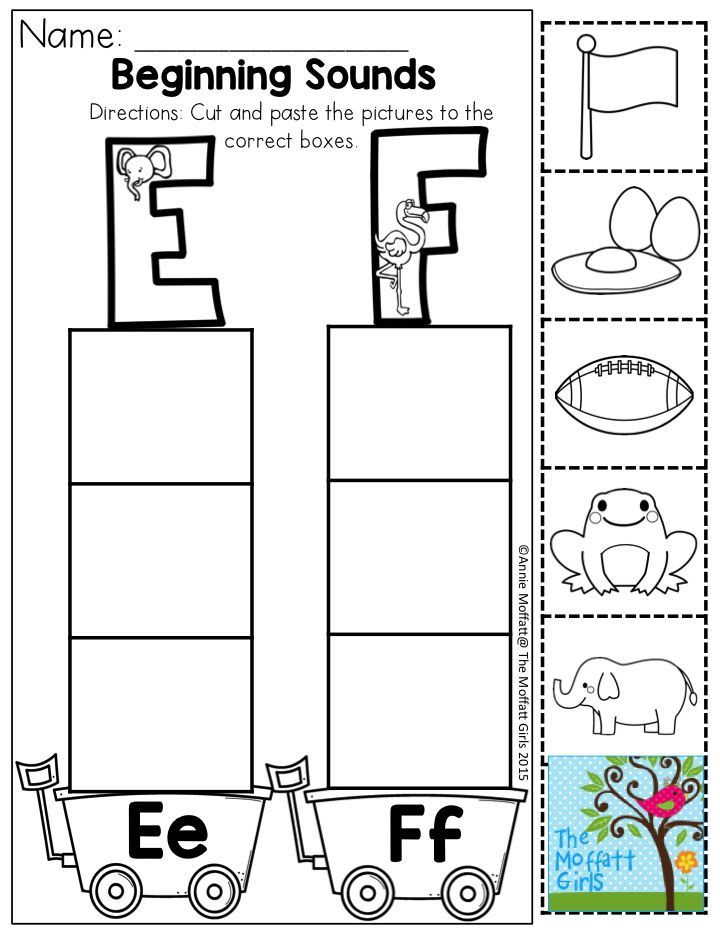 Starting with teaching the child’s name guarantees that there will be a personal connection to the letters of the alphabet and teaching the letter sounds of their name will help them to remember certain letters and touch on correct letter order as well. Start with their name and then move on to other personal buzzwords such as their favorite food, color, and so on.
Starting with teaching the child’s name guarantees that there will be a personal connection to the letters of the alphabet and teaching the letter sounds of their name will help them to remember certain letters and touch on correct letter order as well. Start with their name and then move on to other personal buzzwords such as their favorite food, color, and so on.
Capital Letters First
When teaching letter sounds, children typically learn capital letters first so it’s much easier for them to recognize capital letters than lowercase letters. When using visual materials for teaching letter sounds, begin with mastering capital letters of the alphabet and then move forward to incorporate lowercase letters as well. This allows them to have a foundation for letter sounds while then focusing on letter recitation overall.
Use Visual Cues
Visual cues are a huge helping hand in the quest for properly teaching alphabet letters and sounds.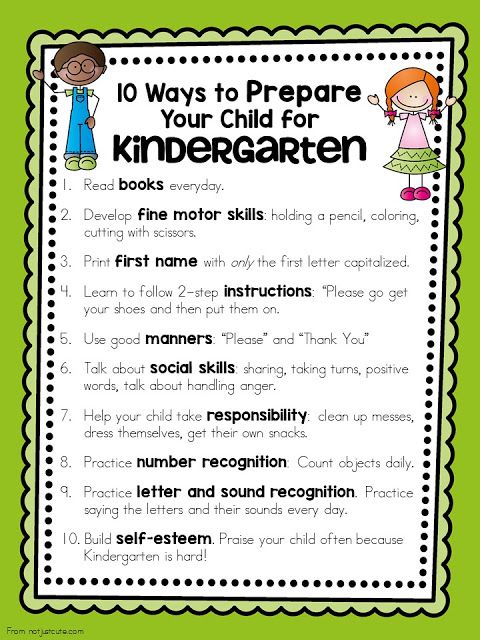 Combining verbal and visual instruction to provide aid for the child allows them to commit the letters to memory and recall those letters later on. Consider using physically engaging alphabet resources to help give kids visual assistance in learning letters and sounds. Some great tools we suggest include:
Combining verbal and visual instruction to provide aid for the child allows them to commit the letters to memory and recall those letters later on. Consider using physically engaging alphabet resources to help give kids visual assistance in learning letters and sounds. Some great tools we suggest include:
Letters or Letter Sounds First?
Each student is unique! Some children will have an easier time identifying the letter, while others may have a better time learning the sound before the corresponding letter. Take note of which direction the child is leaning toward and cater to their individual needs. But first and foremost, ensure you invest a healthy amount of time in establishing letter-sound-correspondence when teaching letters and sounds.
Mix Up the Standard Alphabet Order
A great way to ensure that the student is properly able to identify and replicate alphabet letter sounds is to change up the alphabet order.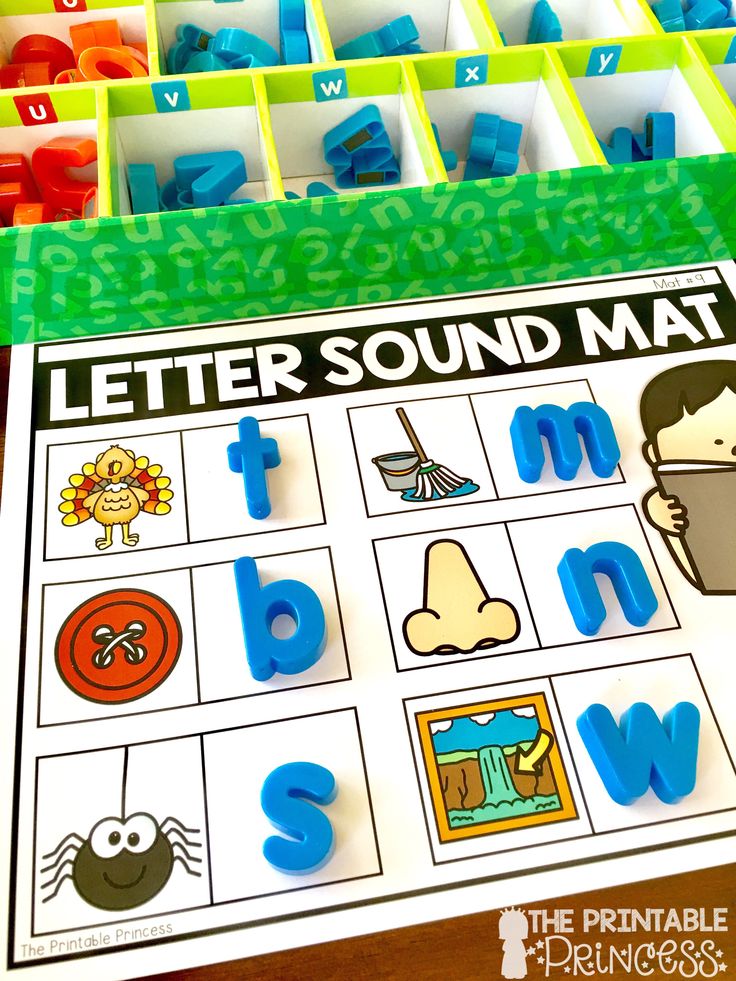 This allows the teacher to see if the student has retained the alphabet properly or has maybe relied heavily on educational tools like songs and games to be able to identify letters. A-B-C Touch & Flip Cards are a great tool for mixing up the order to ensure each letter gets its own spotlight and that the child can confidently excel in mastering the alphabet.
This allows the teacher to see if the student has retained the alphabet properly or has maybe relied heavily on educational tools like songs and games to be able to identify letters. A-B-C Touch & Flip Cards are a great tool for mixing up the order to ensure each letter gets its own spotlight and that the child can confidently excel in mastering the alphabet.
Make Letter Sounds Fun
One of the best parts of teaching letter alphabet sounds is watching the moment when it finally clicks for the child. Teaching letter sounds should be a fun experience for the child. That positivity helps encourage comprehension and encourages further development of these skills. Try playing games, singing catchy alphabet songs, or even assigning alphabet-based art assignments to help make learning the alphabet a fun experience.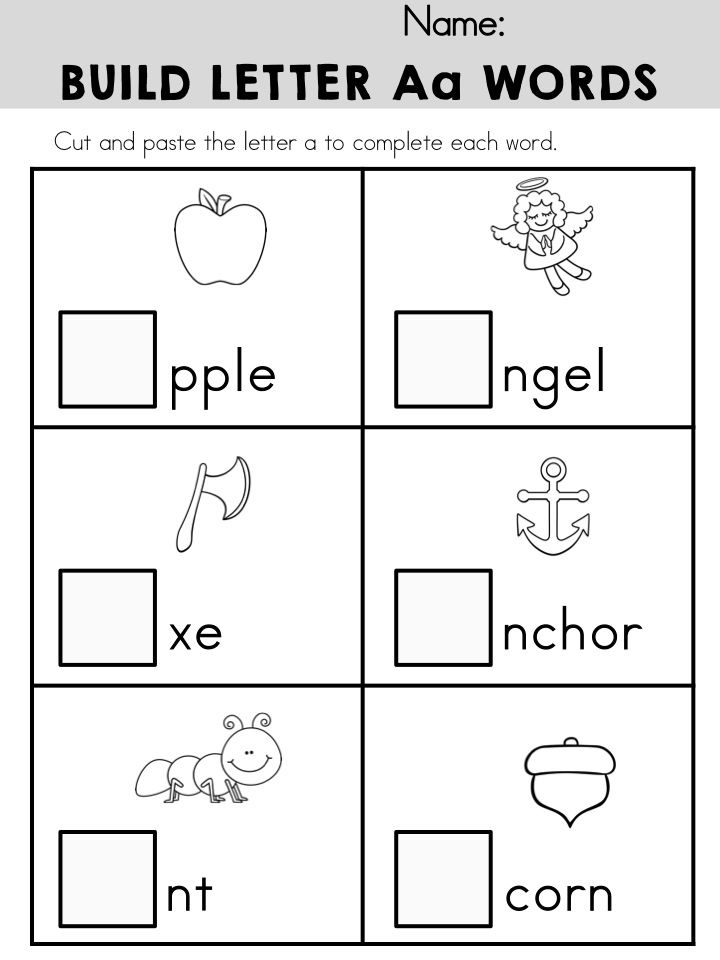
Learning Without Tears Knows Letter Sounds!
Once a child has confidently mastered letter sounds and the alphabet, they’ve taken the first step toward literacy, vocabulary, language development, and more. With a combination of enriching alphabet learning materials and enough consistent practice, any child will be on their way to confidently know the alphabet.
Learning Without Tears seeks to help families, educators, and children get prepared for learning with innovative educational materials and professional resources. We want every child to be set up for success through each step of their learning journey, with engaging and worthwhile materials for K-5 students. Regardless of whether the child is learning in a traditional classroom or at home, Learning Without Tears provides access to proven curricula, industry insight, and enriching products that help make teaching and learning the alphabet a fun experience.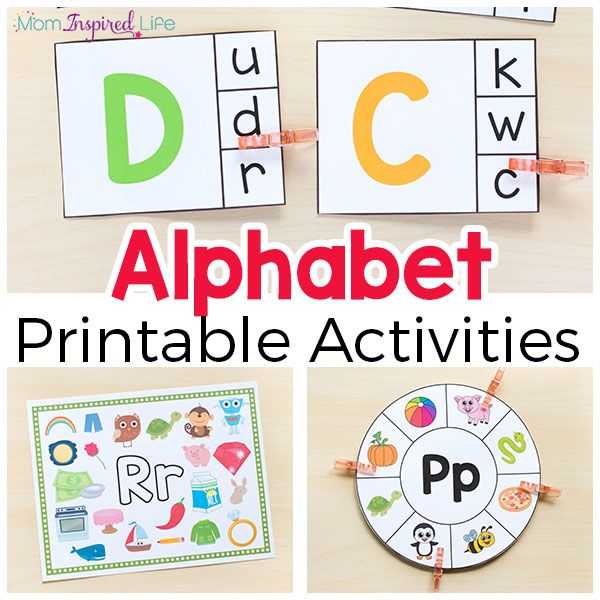
Source: Piasta, Petscher & Justice, 2012
Related Tags
Home Connection
Home Connection, Teaching Tips, Multisensory Learning, Readiness
Handwriting Development Through Developmentally Appropriate Practices from Ages 2-5
August 13, 2021
0 4 min
Ask the Experts, Teaching Tips, Multisensory Learning, Readiness, Home Connection
Why is Literacy Development Important for Children?
June 17, 2021
0 4 min
Ask the Experts, Teaching Tips, Multisensory Learning, Readiness, Home Connection
Naming Letters Is Not a Straight Path to Literacy: Here’s Why
April 15, 2021
4 2 mins
There are no comments
5 Fun And Easy Tips
Letter sounds are one of the very first things your child will encounter when they begin to explore reading.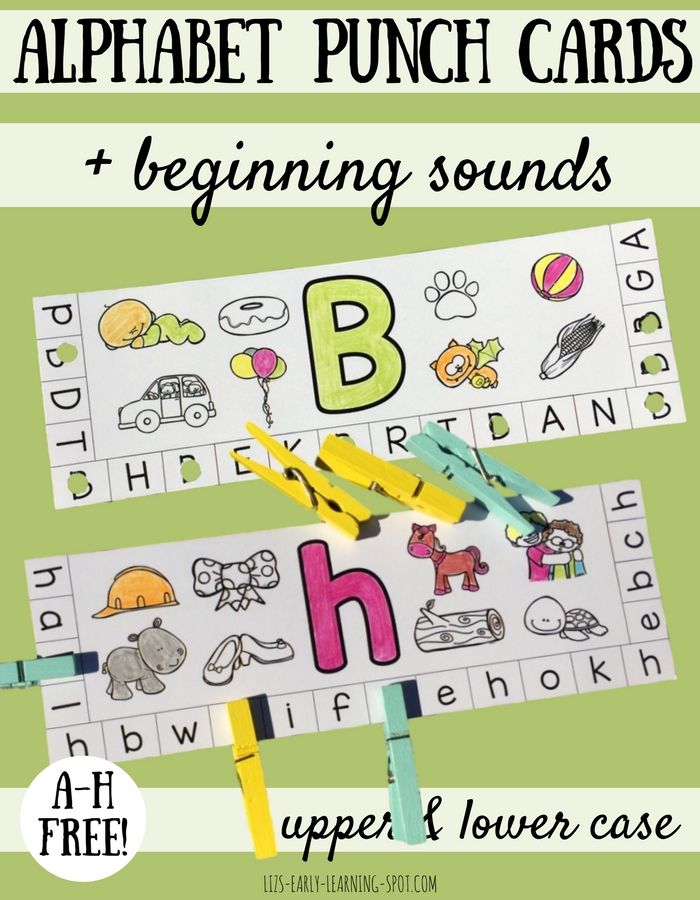
By recognizing the phonetic sounds that alphabetic letters make, your child will take their first big step toward associating words with their individual sounds, an essential tool for, when the time is right, sounding out words.
Most new readers start from the same place — by learning their letters! And no matter where your child is on their reading journey, working with them on their letter sounds is a great way to help strengthen their fundamental skills.
Here are five fun and effective tips for working on letter sounds with your child.
5 Fun And Easy Ways To Teach Letter Sounds
1) Touch And Feel Letters
Humans are tactile creatures, and we depend on touch to tell us a lot about the world around us. This is especially true of kids when they’re learning!
Although most traditional reading curriculums focus on auditory and visual cues for letters and their sounds, touch can be helpful, too. We have five senses, after all, so we might as well take advantage of them!
As opposed to relying solely on how a letter looks when it’s written (and flat), adding in a physical sensory element can help your child build a stronger connection to the letter sound they’re trying to learn.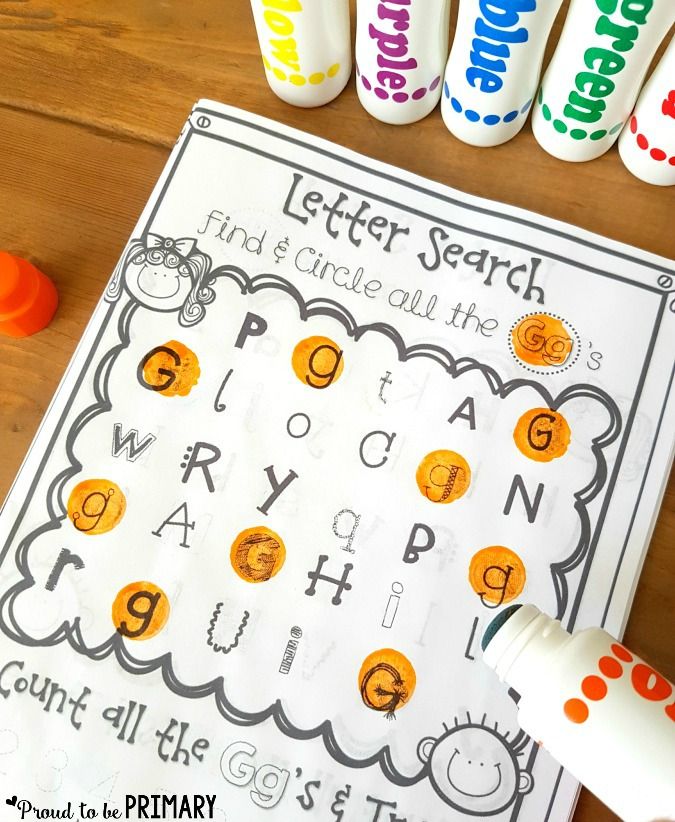
Doing this engages an extra part of their brain while they learn. Not only will they know what the letter looks and sounds like but also what it “feels” like. Associating the “feel” of a letter with its pronunciation may help them gain a better understanding of letter sounds more quickly.
There are plenty of options for exploring reading through your child’s sense of touch. The best part? Your child will get to do one of their favorite things — make a mess! Letting them get messy with letters provides a great incentive to learn.
If you’d like to try this tactile learning style, you can get started by grabbing a few blank pieces of paper. Using a thick, dark marker, write out the letters you want your child to work on.
Then, you can simply grab whatever you have around the house that is malleable enough to form into letters. PlayDoh or kinetic sand are both great options.
We recommend saying the associated letter sound as your child looks at and forms the written letter with the PlayDoh or kinetic sand.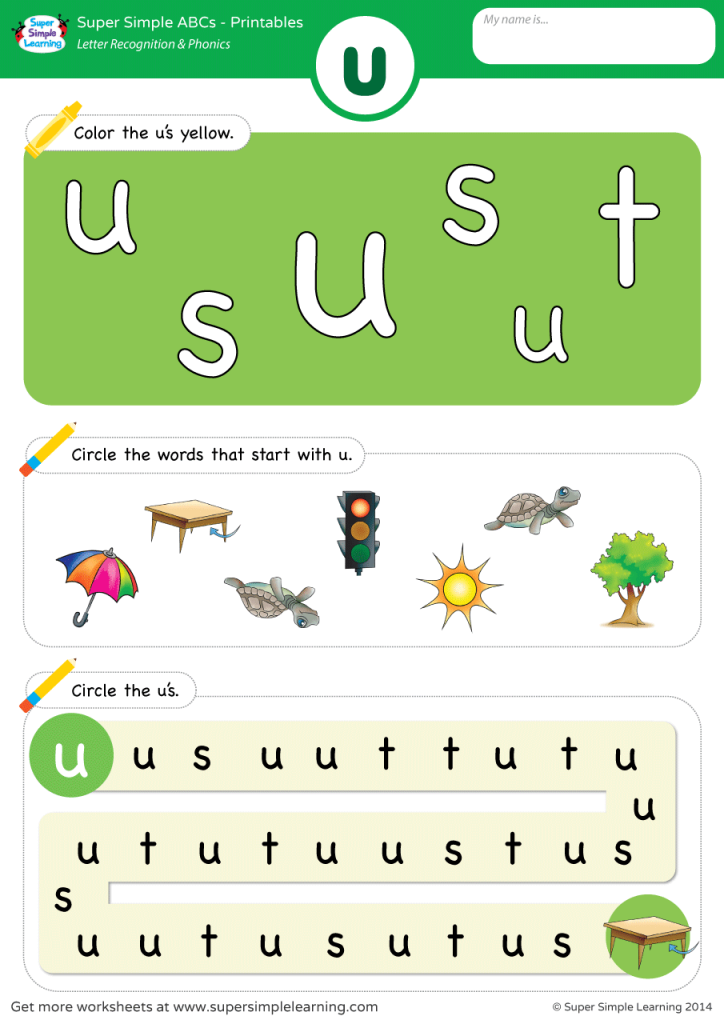 You can also encourage them to shape their material over the outlined letter on the page if they need some extra guidance.
You can also encourage them to shape their material over the outlined letter on the page if they need some extra guidance.
Feel free to also brainstorm words with them that share the letter sound they’re practicing. This could help them make even more connections to the letter and its sound!
If you don’t mind a little extra clean up, shaving cream can also be a great option! Simply spread out the shaving cream on a flat surface. Trace out the letter for them in the shaving cream, then ask them to do the same while you repeat the letter sound.
2) Connect Letter Sounds To Familiar Symbols
Letters and their sounds might be unfamiliar to your child. By making a connection between letter sounds and items or symbols your child might already be familiar with, you can help bridge the gap between what they don’t know yet and what they do!
Utilizing things that your child already knows and loves may encourage them to get more engaged with learning their letter sounds.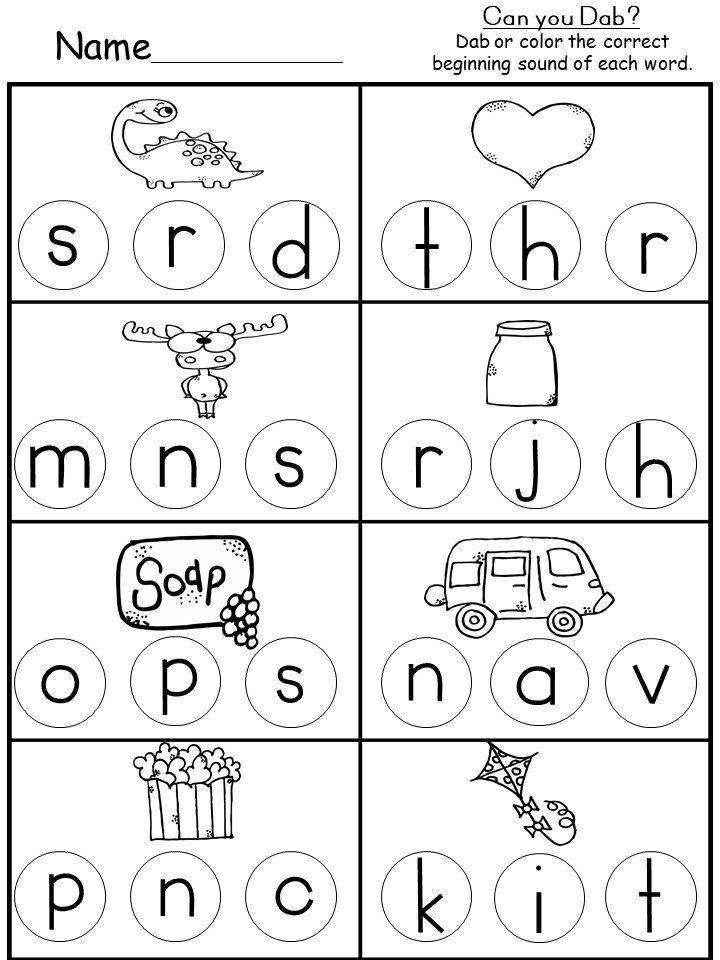 Familiar ideas will also make them feel more confident and comfortable while learning.
Familiar ideas will also make them feel more confident and comfortable while learning.
For example, if you want to start with the letter “T,” consider printing out pictures of things that start with “T” that your child loves, such as trucks and tigers. Let your child choose which pictures to use, and then help them create their very own alphabet book with those images!
Working with your child to construct their personal letter-sound alphabet — a mixture of the specific picture you want them to learn to associate with a particular letter sound — is an easy and fun craft project that will pay off in the long run.
The more personalized you can make the learning process the more fun your young learner will have!
Familiarity can also help your child beyond simply learning the letter sound: it helps them build confidence! The more your child feels like they understand and know what they’re reading, the more likely they’ll be to develop an enthusiasm for learning.
3) Repetition, Repetition, Repetition
This technique focuses on repetition, which is great for getting your child familiar with their letter sounds.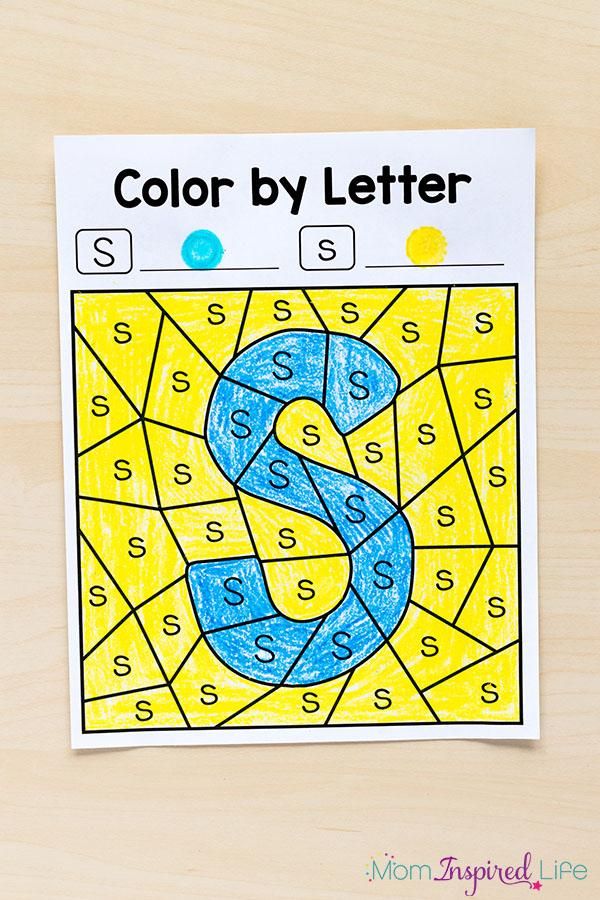 By consistently repeating the same letter sounds to them, you can help your child more easily pick up on them.
By consistently repeating the same letter sounds to them, you can help your child more easily pick up on them.
A great idea might be to focus on introducing your child to one letter sound at a time. You could make a “letter of the week” jar for your child. Place an empty jar on your counter labeled with the letter sound for the week.
Every time your child points out a word they’ve heard that starts with the letter sound of the week, they earn a “ticket” or “point” in the letter sound jar (you could also use stickers on a poster if you don’t have a jar handy).
Challenge your child to gain three or four points (or more!) during the day. You’ll want the jar to be somewhere your child sees it often — maybe in the kitchen so you can prompt your learner to think of a word while you’re making dinner or washing dishes!
They don’t have to rely on only the things they hear or see in real life, especially when it comes to those trickier letter sounds (like x, q, or z). Consider using some of your daily reading time to flip through magazines or books and point out the letter sound whenever you come across it.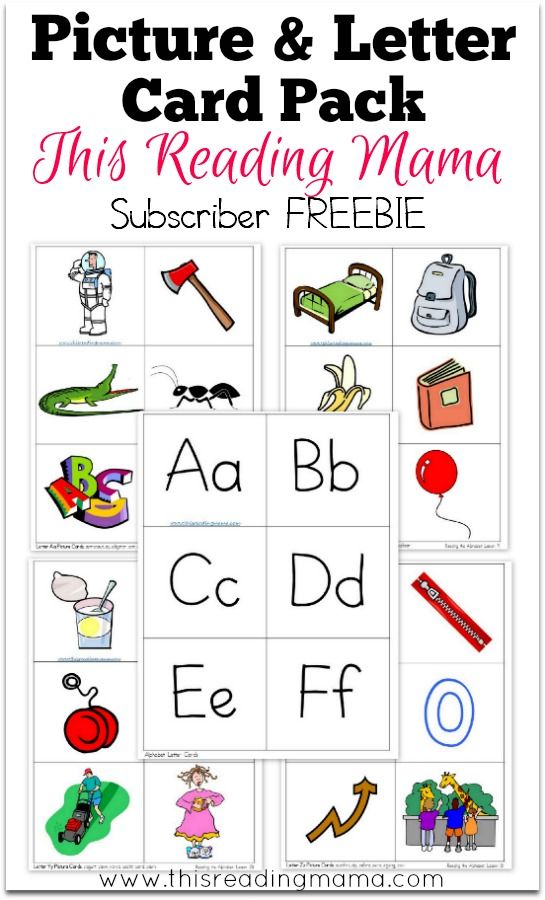
Emphasizing repetition this way really gives your child the chance to focus intensely on a single letter and explore the primary sound it represents!
Giving them ample amounts of time, practice, and exposure to one sound at a time may help them with their learning longevity.
4) Digital Letters In The 21st Century
Technology is a huge new factor in modern-day learning. Not only do children learn how to read and write texts, but now they also have to learn how to use a keyboard at a very young age.
While too much media time can be bad for your child, there are ways to be mindful about media consumption and incorporate media into their letter-sound learning. Especially for busy families, media can be a really useful asset to add to your parenting tool belt.
If you’re looking for a safe, personalized, and reliable place for your child to work on their reading and letter-sound skills, our online learning center has tons of playful games and exercises!
Your child can also use a simple keyboard to engage their letter-sound skills.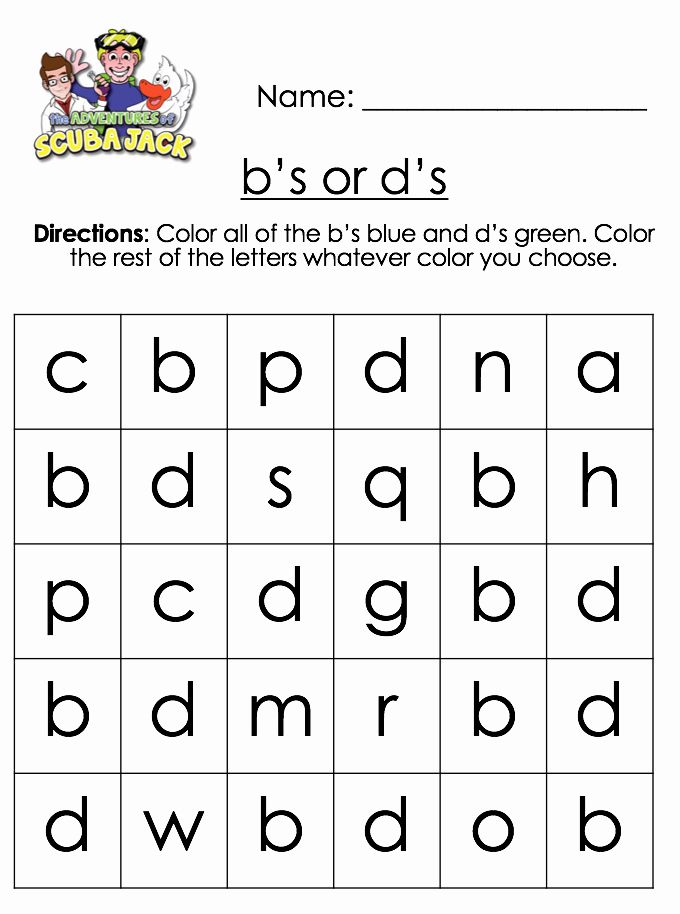 For this activity, you can call out the sound of a letter and ask your child to hit or point to the letter it matches on a keyboard.
For this activity, you can call out the sound of a letter and ask your child to hit or point to the letter it matches on a keyboard.
This exercise is easy and versatile, as you can use any keyboard you have around — on your phone, your computer, or a device designed for kids. And your child will probably love pretending to be a grown-up just like you!
5) Bingo
Classics are classics for a reason. And Bingo is a time-tested, kid-approved game!
If you’d like to take a shot at this activity, draw or print out a Bingo sheet that has pictures of things your child is familiar with (remember tip #2!). We recommend sticking to things they see daily, like apples (for the “a” letter sound), bikes (for the “b” letter sound), and so on.
To play, call out a letter sound and instruct your child to mark off the picture that begins with the same sound. If your child has siblings or neighborhood friends, consider inviting them to play along (it makes for a great virtual game, too).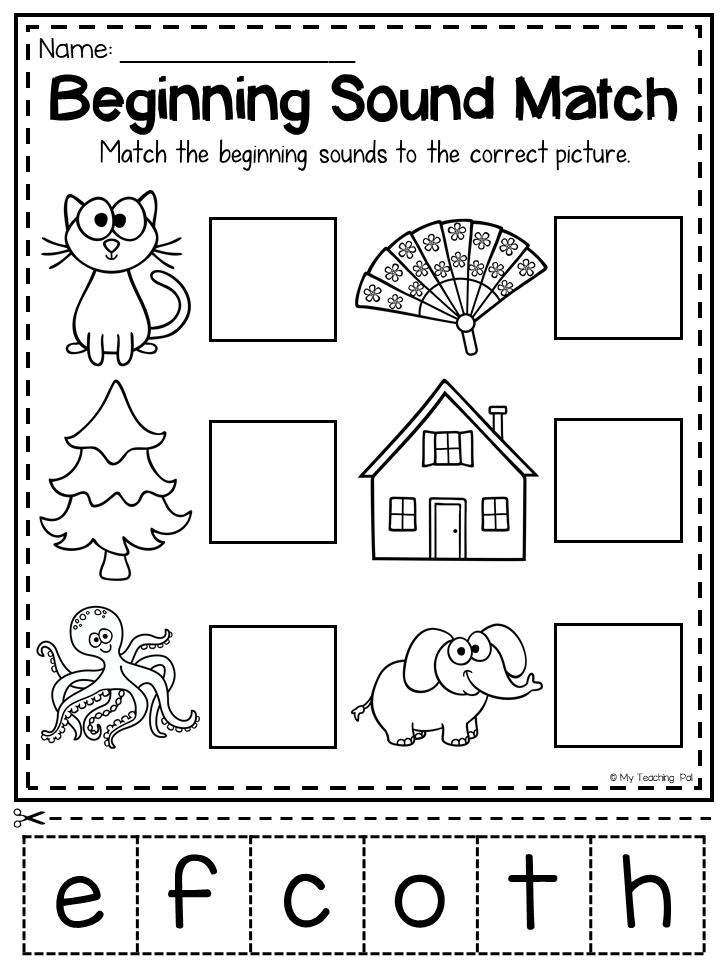
The first to make it to bingo wins!
Making Letter Sounds Fun And Functional
We hope these tips were helpful and gave you some creative ideas for how to get your child engaged with letter sounds (while having a blast along the way!).
We always want to leave you with a reminder that on the journey toward helping your child become a confident, enthusiastic reader, it may take some time to discover what learning strategies are the perfect fit for them. That’s OK!
If you ever need a little extra help or want to switch up your child’s learning routine, our learning center is always open and full of engaging and effective exercises for your emerging reader!
Author
Aromshtam Marina | Learning to read and write in images and movements
Continued. See the beginning in No. 18, 19, twenty, 21/2008
Drawing by M.
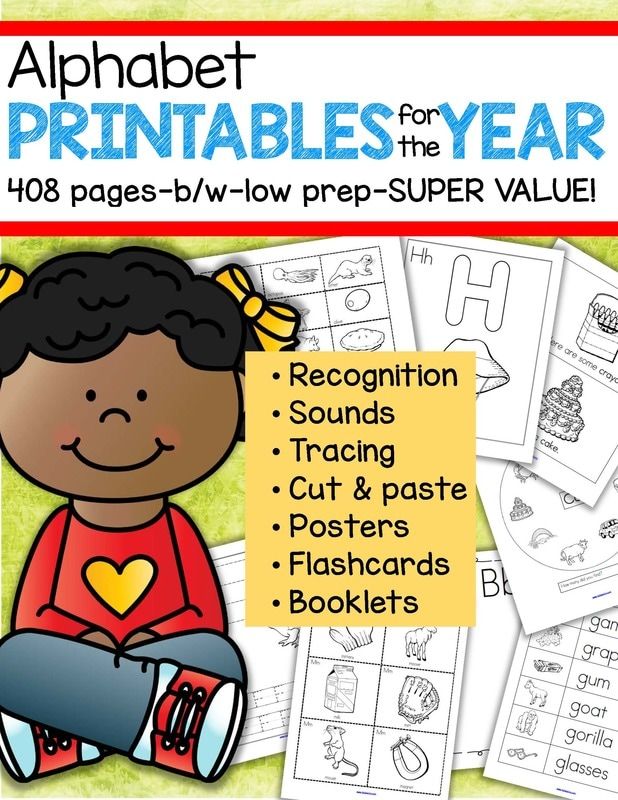 Ovchinnikova
Ovchinnikova Lesson 6. Letter Y
The lesson begins with a sound game (on choice) and a letter recognition game.
Talking to children
The teacher asks the children to look at a picture with a painted house near Bukvoedskaya fairy tale. “What letters lived in Petya’s house? What happened when Grandfather-Bukvoed decided to cook in one cauldron letter o , a , y , e and the letter th ?
What letters are the result of this sorcery? What sounds does the letter and represent? What sound is sung when we sound the letter I ?
Tasks for children
embossed letters letter i ".
2. "Put the letter on the landscape sheet and circle around contour. Remember: the head of the letter i always looks to the left. Color the letter.
3. Before the children - rhyming cards. teacher reads the rhyme aloud:
teacher reads the rhyme aloud:
| Yasha walked through the forest, |
“Find in the rhyme all the letters and . Circle them with an orange triangle. Then find in the text the letters and , about , for , and ".
4. The teacher puts up on the board or in middle of the circle demonstration pictures. Under them are words with a missing first letter.
“Look at the pictures. What's on them drawn? Words under the pictures start with the letter i . Enter the letter and instead of passes. The teacher calls several children who draw the missing letters in words.
It is proposed to say these words again. At pronouncing the word, the teacher each time indicates to the letter and at the beginning. It's convenient, so how all words begin with a stressed syllable.
At pronouncing the word, the teacher each time indicates to the letter and at the beginning. It's convenient, so how all words begin with a stressed syllable.
5. “Choose any picture and draw a similar one. Sign her copying the word.
Homework for those who wish: draw capital letter i and turn it into your "letter" portrait.
The article was published with the support of IQ Card LLC. The company provides a full range of services in the field of distribution and maintenance of bank cards of major payment systems. The main product of the company is the IQcard Visa Gold bank card, which can be issued online at http://www.iqcard.ru/. There you will also find a detailed description of other products of the company and a complete list of services provided.
Sessions 7-9 (letters E, Y, Y)
Activity scenarios 7 (letter e ), 8 (letter y ) and 9 (letter ё ) are similar to the scenario of session 6.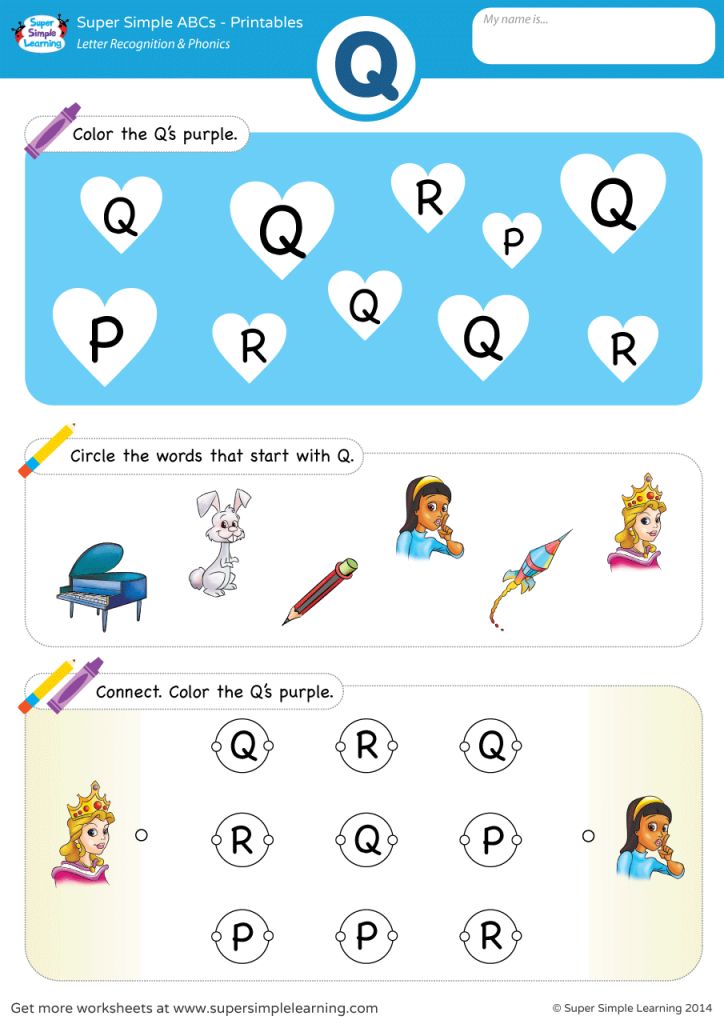 The teacher, if desired, can vary the sound games and games with letters.
The teacher, if desired, can vary the sound games and games with letters.
Rhyme in which to find the letter e :
| Children ate on their birthday |
Rhyme to find the letter S :
| Blizzards are whistling in the north. |
To fill in the gaps in the words below pictures starting with the letter Yu , you need solve riddles:
“The first word is the name of the boy. His name is ... ( Yura ).
The second word denotes the direction of the world: not north, a… ( south ).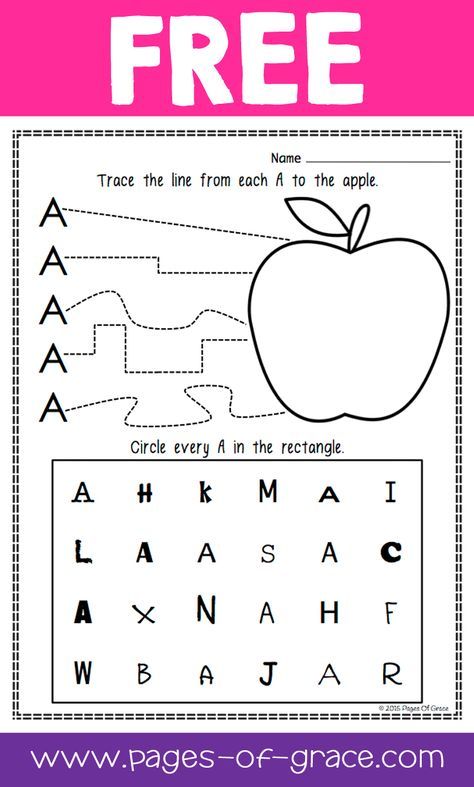
The third word means mobile home, made from animal skins… ( yurt ).
You need to guess what these words are, and write in them instead of gaps the letter and .
Looking at pictures in class, dedicated to the letter ё , we answer the questions:
“What is shown in the pictures?” into words under the pictures, instead of gaps, insert the letter e .
“Which picture in the row is missing? Why?"
Lesson 10. The letters Y, Z, E, Y
The lesson begins with a sound game (on choice) and a letter recognition game.
Activities for children
1. In front of each child is a card with contour house (, see No. 21 ). “Here is the house. Settle in it the letters a , about , y , e , s ".
2.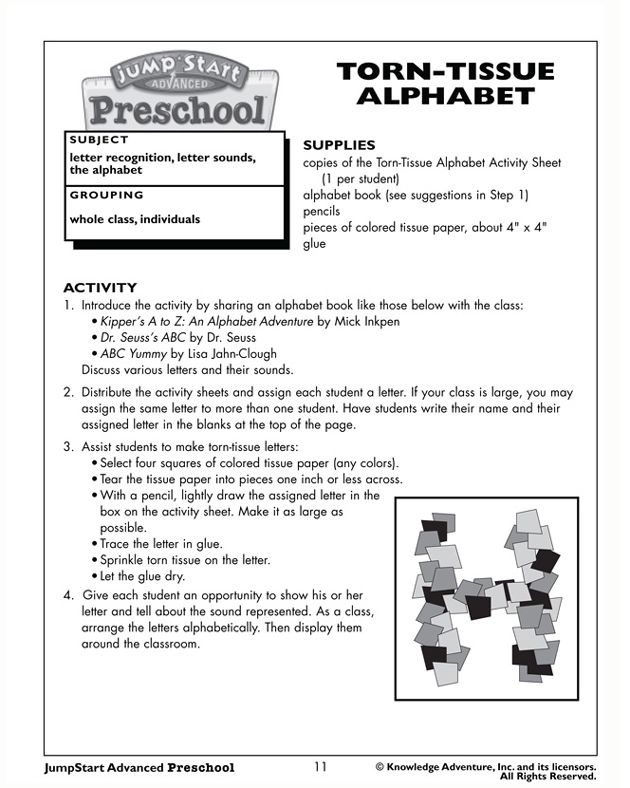 “Draw another house next to it and populate it with Petya's new acquaintances: here you must live letters i , i , i , e ".
“Draw another house next to it and populate it with Petya's new acquaintances: here you must live letters i , i , i , e ".
3. “Read the letters in the boxes of the new house. Can you sing the sounds that hide inside these letters?
Of course you can. After all, ours live in them old acquaintances - sounds [a], [o], [y], [e], those that stuck together with the sound [i]. So i , i , i , e - letters for vowels. And since in them the sound [i] still lives, they are called iotized.
4. Game “What is the last letter?”.
First option. In front of children - cards with letters i , i , i , i . The leader (teacher) comes up with a word, which ends with an iotized letter, and says: "In the word" family "...". Children should finish the sentence: "... the last letter is i " - and show a card with the letter and .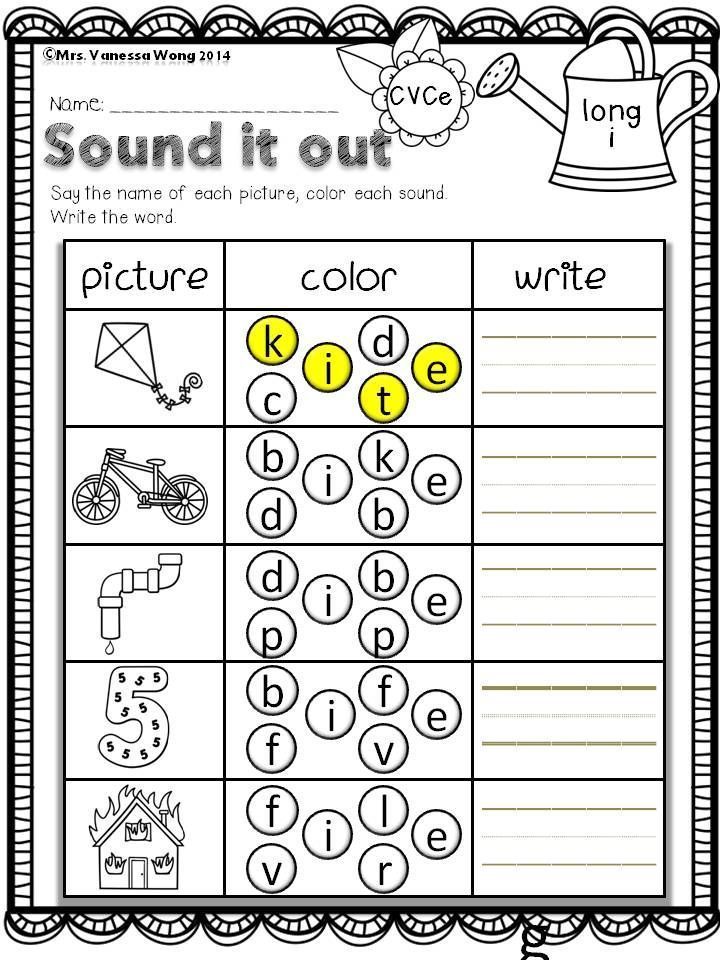
Master: In the word "spear" ... | Children: ... the last letter of is . |
Can be prepared ahead of time for convenience text cards.
Second version slightly different leader's words.
| Master: I will sing you a song. | Children: Last letter y . |
When the children have mastered the game, you can offer them to try their hand at the game one by one.
Homework for those who wish: draw all the letters that were found in fairy tales.
Lesson 11. The letter I
Lesson starts with registration exhibitions and viewing of drawings. teacher asks children to read the drawn letters.
Letter recognition games are held, reading interjections, singing sounds.
Reading or storytelling text
The pencil squeaks slightly.

But the letters look great!
The one who knows these letters,
He will easily revive them:
Once - and read the letter,
The letter will sound right away!
How good are you at drawing letters and bring sounds to life! How can you not be happy here? don't smile! Do you know what sound is the most smiling? Come on, smile and try it yourself guess. Of course, this is the sound [and].
It is no coincidence that he is heard in a very important the word "peace". The word "game" begins with it.
There is a special letter for the sound [and] - letter and . ( The teacher shows a card with letter and . ) Perhaps she was born from our smiles:
Smile - and the letter and
Give us a gift!
Tasks for children
0019 and .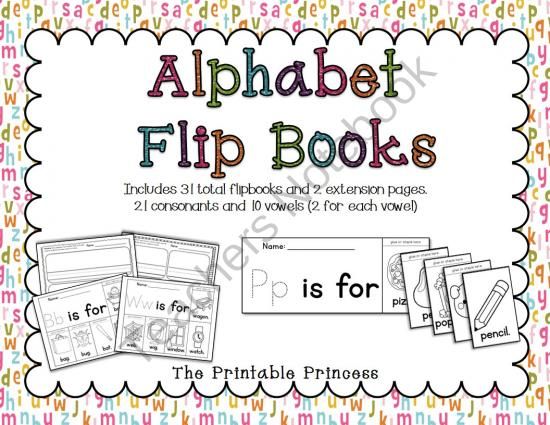 Read it."
Read it."
2. “What sound does the letter and stand for? Can this sound sing? The sound [and] consists of voices, that means he…”
3. “Come up with words that start with to the sound [and], in which the sound [and] is heard in the middle, in the end".
Dictionary : games, name, willow, spark, Ira, Inna; world, feast, shooting gallery, view, rice, reef, rhyme, rhythm; talk, take, wake up, sit, look, fly.
4. In front of children - rhyming cards:
| Ancient General Kir |
“Find in the rhyme all the letters and , put a red dot under them. Then at icon help highlight others the letters you know to represent vowels.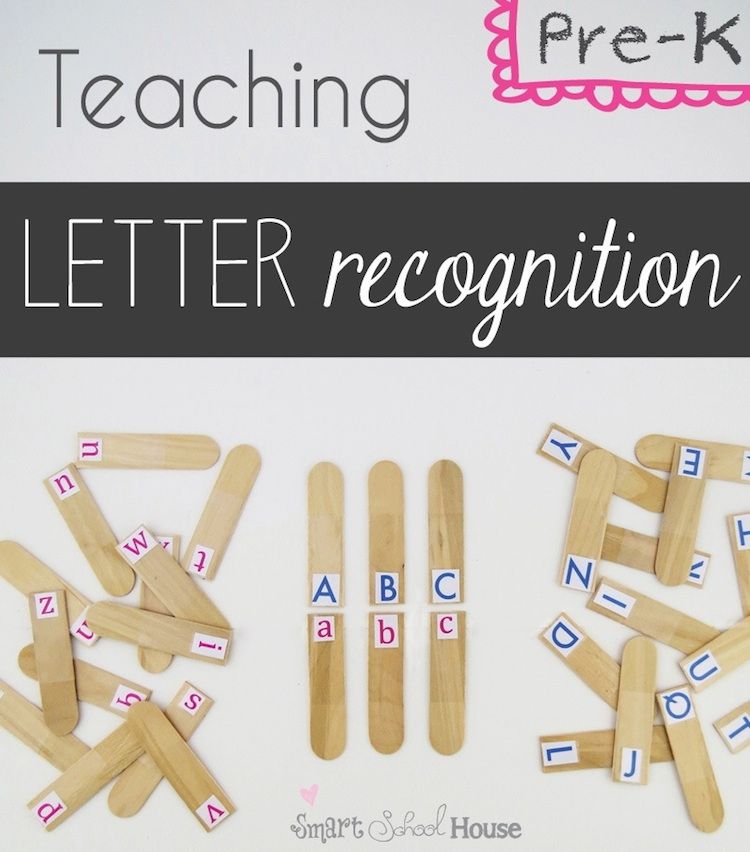 What letters for vowels were not in the text?
What letters for vowels were not in the text?
Lesson 12. The letter I and other letters for vowels
The lesson follows a familiar pattern.
Tasks for children
divided into boxes ( see in
No. 21 ). "Place houses. In one house there will be live letters denoting vowel sounds in another - letters denoting two sounds - the sound [i] and vowel".
2. “Count the windows in each house. How many occupied apartments in the first house? How many occupied apartments are in the second house? A free window remained in the house for ioted letters. The letter will live with them and . Settle her in an unoccupied apartment.
3. “The letter and can also represent two sound - sound [i] and sound [and].
Listen:
Sparrows made a noise -
“Whose are you? Whose are you? Whose are you? Whose?".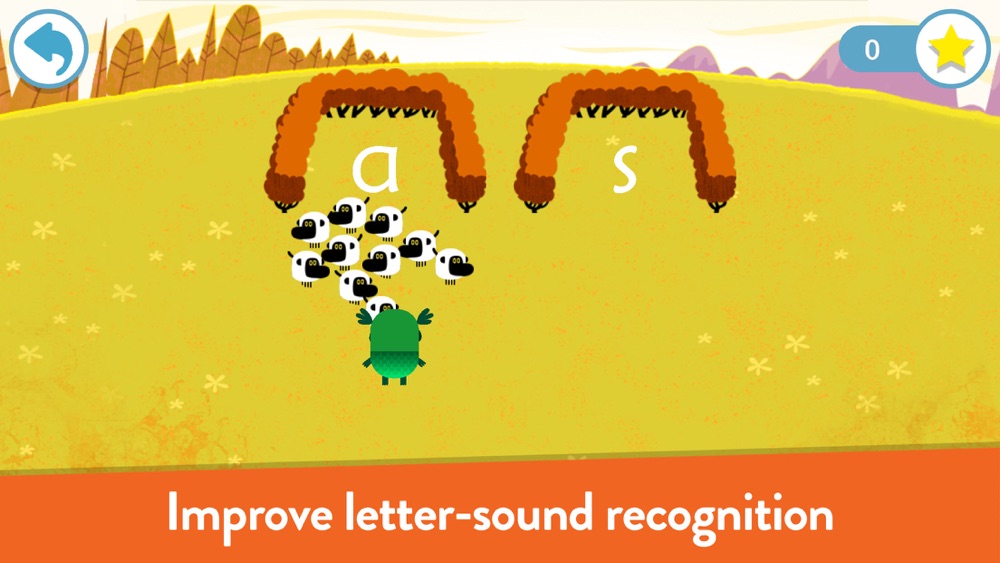
“Rays
woke us up Sunshine, brooks murmur.
And now let's play.
Game "What is the last letter?".
In the word "nightingales" - ... the last letter is and .
In the word "sparrows" - ... the last letter is and .
In the word "ants" - ... the last letter is and .
In the word "brooks" - ... the last letter is and .
There is a rook. - No ... ( boats ). — The last letter is and .
There are hits. - No ... ( hits ). — Last letter and .
There is a tub. - No ... ( tubs ). The last letter is and .
4. For children, cards with pieces letters they know. "Restore the erased letters." Tasks can be individual: children restore different letters and define them. You can suggest coloring and decorating recovered letters.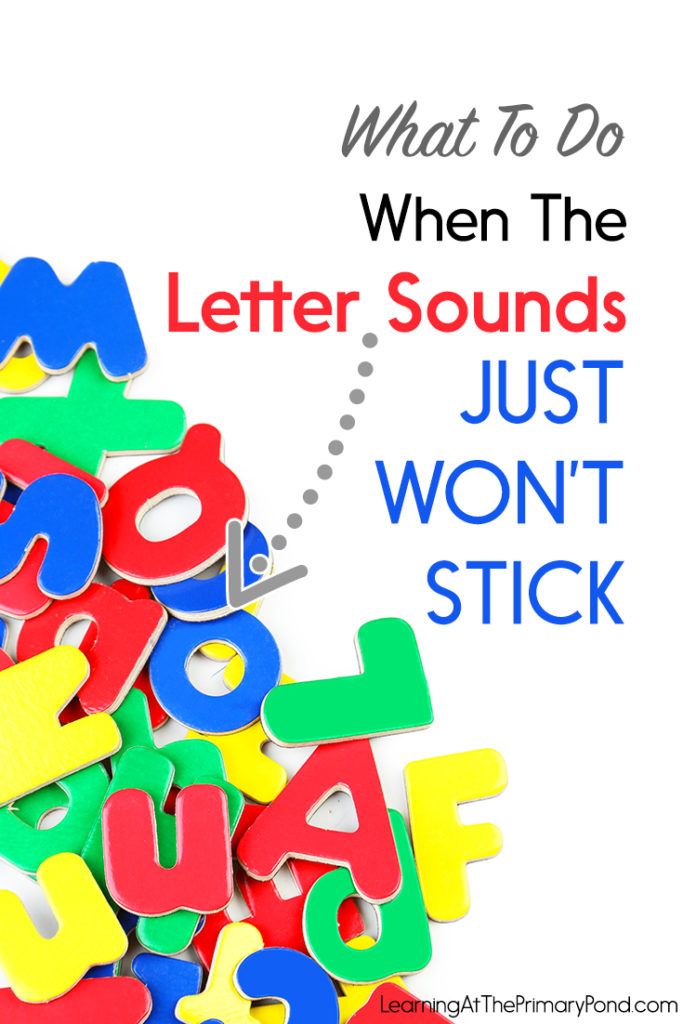
5. Find your house game: completed work to restore letters, children become holders of cards with the image iotated or non-iotated vowels. By wave of the "magic" wand for the time of the upcoming games they themselves turn into these letters.
"Letters" of each group are collected in their own "house". It could be a circle a hoop or rope, or a flag, another symbol, around which you have to stand, holding hands, or really drawn on a dense paper or fabric on a dense base house with cells like the classics.
On the first signal, children scatter around the room, on the second they gather to your house. That team wins, "letters" which will be assembled faster. To
complicate the game, the host can change all the time team gathering place.
6. The lesson ends with the game “ Expressive sounds ". The mood of the sound [and] is added: “... We pronounce the sound [s] with malice and with a threat: teeth bared, fists clenched, whole body tense.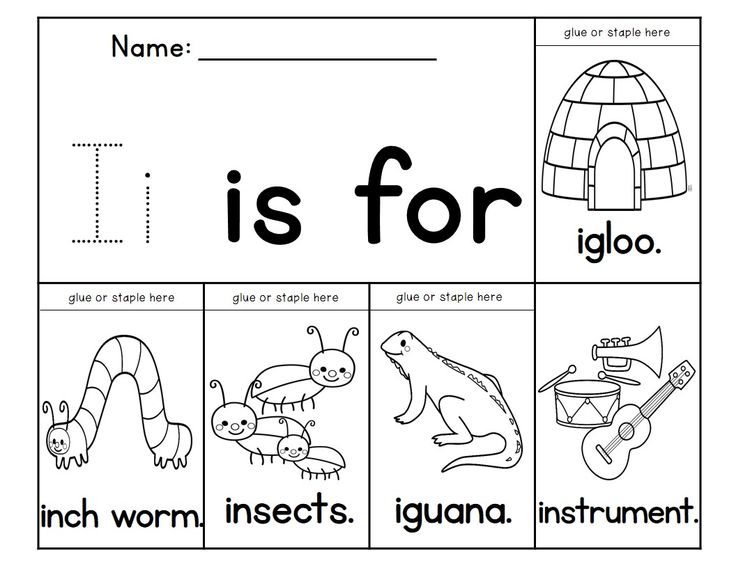 Hold tight for a few seconds. But here the danger recedes: we frightened her.
Hold tight for a few seconds. But here the danger recedes: we frightened her.
Deep exhalation. The body relaxes fists are unclenched, hands are smoothly parted to the sides. Lips curl into a smile. We pronounce sound [and]: we are embraced by joy, tenderness, kindness".
Homework for those who wish: at painted houses to populate the unrated and iotized letters for vowels.
To be continued
"Consonants [b], [b'], letters B, b"
Lesson type: Lesson for discovering new knowledge.
Didactic goal of lesson : to introduce students to consonants [b], [b'] and letters B, b.
Planned deliverables:
Personal UUD.
- L1. Formation of educational motivation, the internal position of the student at the level of a positive attitude towards school;
- L2. Formation of adequate self-assessment based on the criterion of success of educational activities.

Regulatory UUD.
- R 1. Accept and save the learning task;
- P 2. Plan your actions in accordance with the task;
- R 3. Adequately perceive the suggestions and assessment of the teacher, peer.
Cognitive UUD
- P 1. Use sign-symbolic means to solve the tasks;
- P 2. Compare and classify according to specified criteria;
- P 3. Reproduce from memory the information necessary to solve a learning problem.
Communicative UUD
- K1. Formation of the ability to hear and listen, follow oral instructions;
- K2. Formation of the ability to enter into a dialogue, build a speech statement orally;
- K3. Formation of the ability to negotiate and come to a common decision in joint activities.
Subject UUD
- Ex 1.
 Development of phonemic hearing: recognition of sounds [b] and [b`], establishing their features;
Development of phonemic hearing: recognition of sounds [b] and [b`], establishing their features; - Ex 2. Development of the ability to analyze the sound composition of a word, distinguishing between the concepts of “sound”, “letter”;
- Ex 3. Formation of the skill of conscious fluent syllabic reading;
- Ex 4. Promoting the development of communication skills and the development of interest in the mother tongue.
Methodological support :
- Textbook: V.G. Goretsky, V.A. Kiryushkin, L.A. Vinogradskaya, M.V. Boykina. ABC. M.: Education, 2018.
- CD-supplement to the textbook
- Presentation for the lesson
- Letter box office
- Counting sticks
- Sound fan
Lesson progress
I. Organizational moment
Purpose: checking readiness for the lesson, greeting guests.
| Teacher activities | Student activities |
| Good morning, today we have a lot of guests at the lesson, greet them. Turn around, smile at your teachers. | The guys say hello. |
II. Motivation for learning activities. 3 minutes
Purpose: organization of motivation for learning activities, a positive attitude to the lesson.
Methods: verbal - frontal conversation.
| Teacher activities | Student activities |
| Let's tell our guests what our 1st class is. We are smart, we are friendly Smile to each other, good luck to everyone! | Children read poems in chorus The kids are ready to go. Reading Lesson We are learning to read. |
Result: conditions were created for the emergence of an internal need for inclusion in educational activities. L1, R1, K1.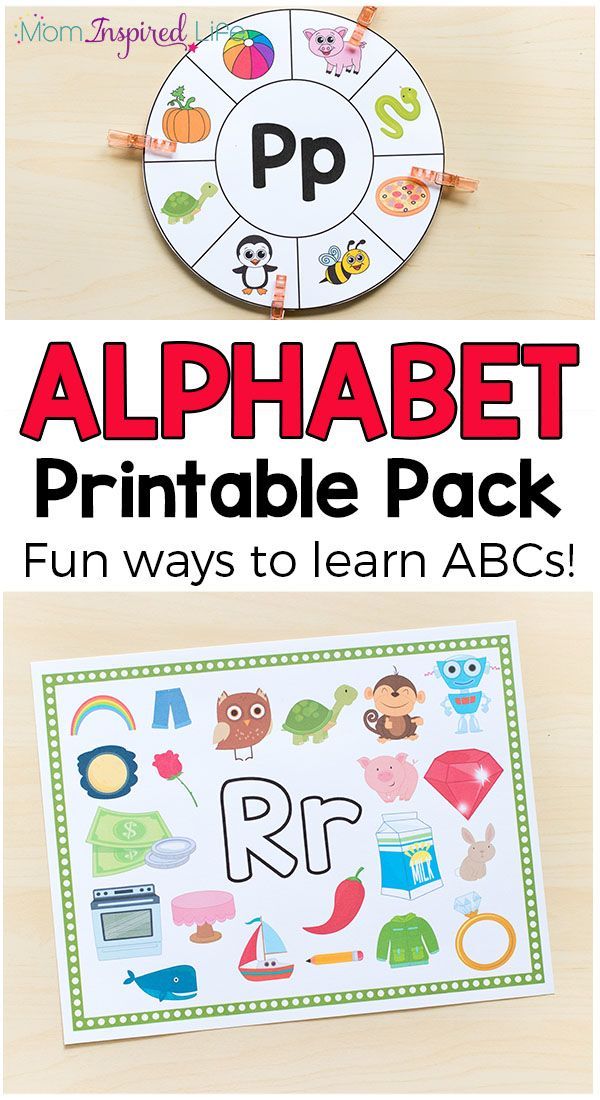
III. Knowledge update. 5 minutes
Purpose : reproduction of educational content necessary and sufficient for the perception of new material.
Methods: verbal - educational dialogue.
| Teacher activities | Student activities |
| Remember, please, into which two groups the sounds of the Russian language are divided. slide 1 | Answer questions, tell what they know about vowels and consonants. Perform speech exercises. Ripe grapes grow on Mount Ararat. |
Result: repetition of previously learned learning activities necessary for the perception of new material. L1, K1.2, P3, Pr4.
IV. Statement of the educational task, determination of the purpose of the lesson. 2 minutes
Purpose: formulation of the purpose of the lesson, drawing up a work plan.
Methods: verbal - introductory dialogue,
| Teacher activities | Student activities |
| The board opens up. | - Acquaintance with a new letter. |
Result: children formulating a problematic issue, pronouncing the purpose of the lesson in oral speech, planning their actions in the lesson. L1, R2.3, K1.2.
V. Joint discovery of new knowledge. 13 minutes
Purpose: organize learning activities aimed at building new knowledge.
Methods: verbal - educational dialogue; visual - slides, word schemes, sound men; practical - independent work of students with diagrams, a sound fan.
| Teacher activities | Student activities |
| 1. Extraction of new sounds Who deftly jumps on the trees slide 2 Second riddle Hides her like a mask slide 3 | . Read the word according to the scheme (new sound in white) Read the word according to the scheme (new sound in white) Turning to the plan They name words, determine where the sounds are located, at the beginning of the word, at the end or in the middle. Lay out a word scheme, perform a mutual check. They call the number of sounds in words, the number of syllables, the stressed sound. There are 2 people working at the board. |
VI. Dynamic pause. 3 minutes
Purpose: relieve fatigue, give rest to the muscles, organs of vision, restore the strength of the child.
Methods: practical - doing exercises.
| Teacher activities | Student activities |
| Shows and comments on exercises for different muscle groups to relieve eye strain. | Perform a set of exercises. |
Result: students are ready to work further
VII. Co-discovery of new knowledge (continued)
| Teacher activities | Student activities |
| 3. Acquaintance with the letter B, b | They raise their hands. We need letters. 2 people go out, find the letters B, b Get acquainted with the capital and lowercase letter B, b. Capital! Borya, Bobik, Barsik, Barbos |
Result: solution of a learning problem in work under the guidance of a teacher. L2, P1,2,3, K1,2,3, P1.2.
VIII. Inclusion of what was learned into the knowledge system 5 minutes
Purpose: use of new knowledge in standard conditions.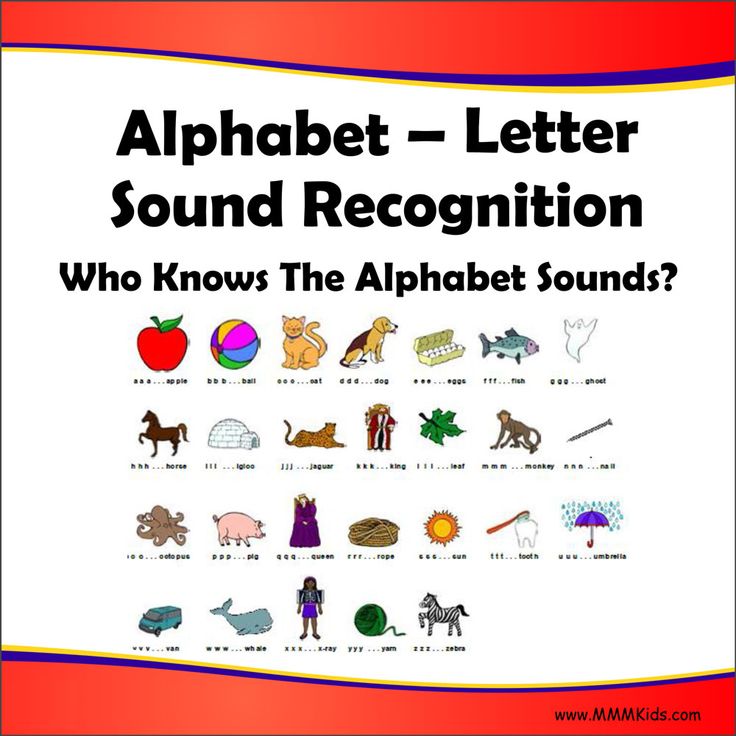
Methods: verbal - expressive reading, practical - repeated reading of syllables and words with various tasks.
| Teacher activities | Student activities |
| Reading syllables with a new letter (CD application) | They read in chorus together slowly, faster, only girls, only boys. Children who can read read. Who knows this passage by heart, tell. |
Result : learning new knowledge and the ability to apply it in their activities. K1.2, Pr1,3,4, P1.
IX. Outcome. Reflection. 4 minutes
Purpose: analysis of activities in the lesson, summing up, receiving feedback.
Methods: verbal, visual - a model of a sound man.
| Teacher activities | Student activities |
| Referring to the Lesson Plan | We got acquainted with new sounds, gave them a description, learned a new letter |


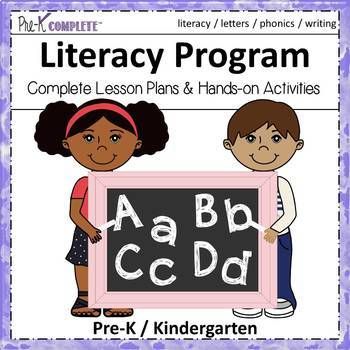
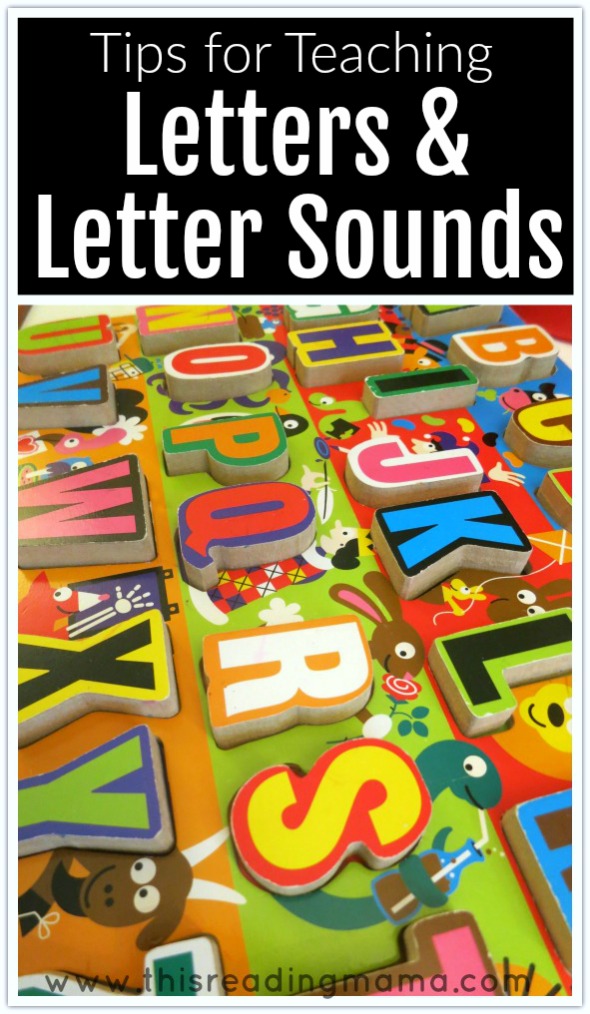 swing tongue exercise
swing tongue exercise 
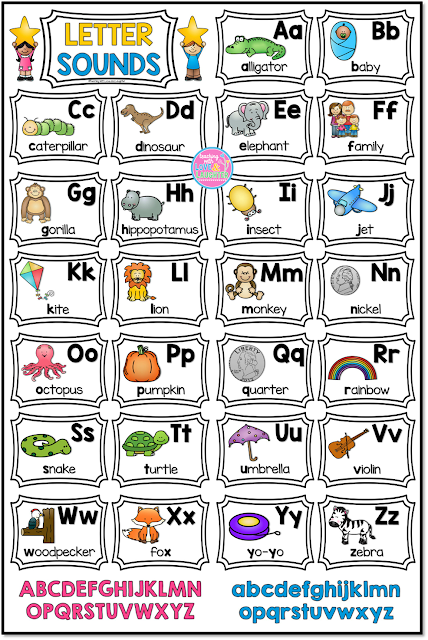
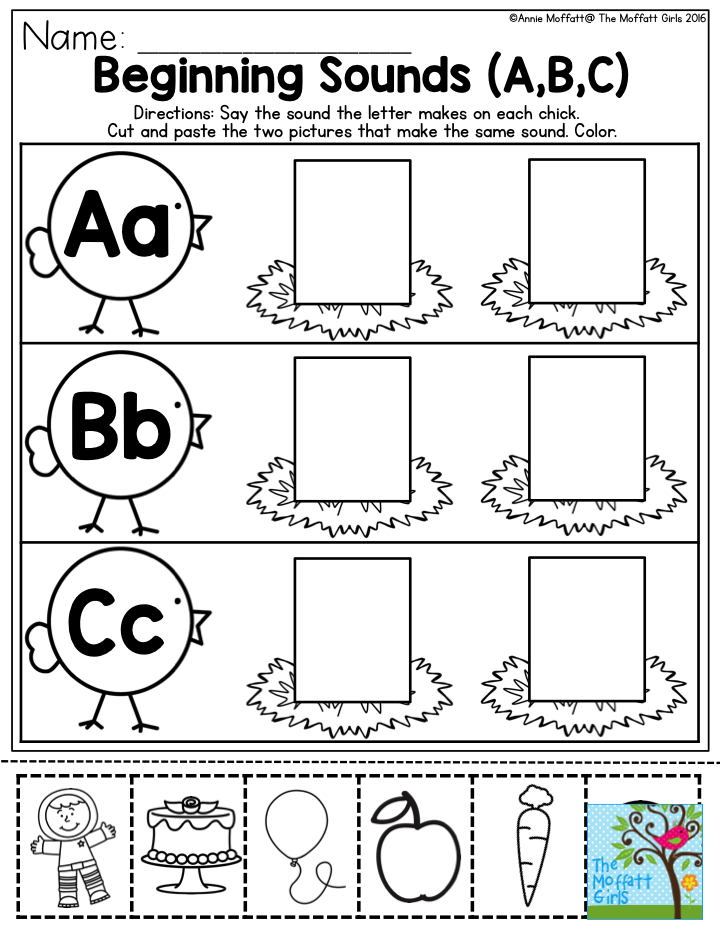

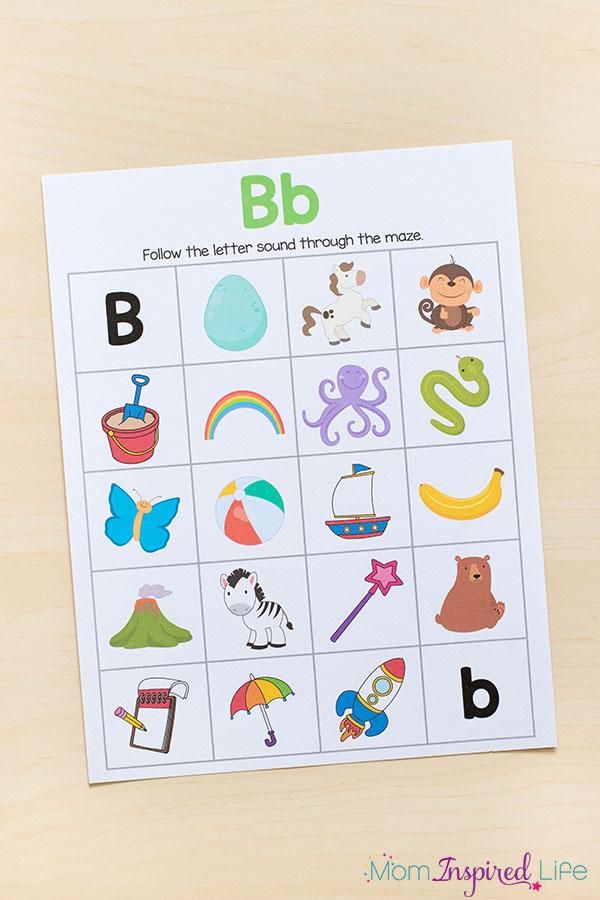
 Well done! Great letters!
Well done! Great letters! 

